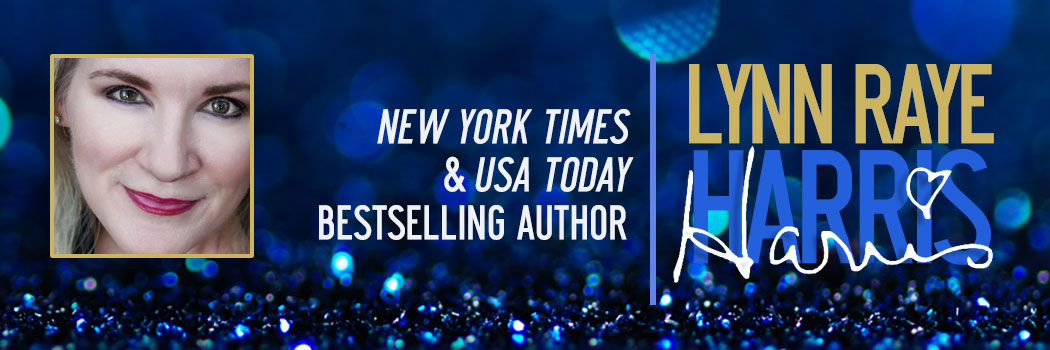Hubby is reading a book he enjoys, but that he says is driving him crazy too. So I ask what the problem is. He says it's the writing. Now, he's not a writer, so I'm curious. Because when I was strictly a reader, before I started trying to write my own books, not much affected me. Headhopping was no big deal. Adverbs? Could have cared less. Purple prose — what's that? If the story was compelling, I kept reading.
So I ask him specifically what about the writing is bothering him. He shows me a passage. The narrative is in first person, and yet the POV character interrupts his own dialogue to say I said.
“Give me the disk,” I said. “Or I'll shoot.”
That doesn't seem terribly offensive at first look. But right above the POV's line the author had another character speaking and wrote she said. Since there were only two characters in the scene, it's pretty clear when the POV character speaks. I said becomes unnecessary.
But, hubby complained, it gets worse. Every time someone speaks, there's a said. I must have looked perplexed because he repeated that it drove him crazy. Then I told him what we writers have been told a thousand times: said disappears. He snorted.
Now, I don't use tons of dialogue tags, and my CP has often pointed out the unnecessary saids which I promptly lose. I will very rarely toss in other dialogue tags: answered, questioned, replied. I have even committed the sin of having a character sigh dialogue. Believe me, it was a conscious choice, not a mistake on my part. She was in a position to sigh, and you can speak while doing so because I tried it. 🙂
I am picky about dialogue running seamlessly into the narrative. Action beats help.
“Tell me about your date last night.” Laura poured coffee into Joanne's cup. “Was it everything you'd hoped?”
Do we have any doubt Laura's the one doing the talking? (Yeah, it's a crappy example, but I'm on my first cup of coffee and the brain hasn't kicked in.) I like beats because they can also give us insight into character mood.
“How dare you,” Laura said angrily.
OR
“How dare you.” Laura slammed her coffee cup onto the table.
Which one do you like better? I'd pick the second, though you also have to be careful about having TOO many of these things. You can't have every single line of dialogue followed or preceded by a beat. Sometimes, especially when the conversation is charged, you have to let the words flow.
Here's an example from THE SPANISH MAGNATE'S REVENGE. (If you read the chapter over at the I Heart Presents blog, you've seen this before.)
“You will be pleased to know we are divorced,” he continued. “Alas, arranged marriages never work as planned.”
“Good for her for wising up.”
“Like you did?”
A bitter laugh burst from her throat. “There was never a choice for me, Alejandro. You were already engaged.”
“Promised, not engaged.”
Rebecca waved a hand. “What is that, Spanish hair-splitting? The truth is you were to marry another woman when you so conveniently seduced me.”
“You did not mind being seduced, as I recall.”
Did you have any doubt who was speaking? I hope not. Even without me telling you it's a man and a woman and the situation is charged, I think you can divine that from this bit of dialogue.
I am not advocating the wholesale replacement of said with more creative choices. But I do advocate trusting your reader to figure out who's talking. You can have too much unattributed dialogue, which gets confusing. Or you can go overboard and always have attribution. I like a happy medium between attribution, beats, and letting the characters' voices speak for themselves.
Go ahead, play with your dialogue. See it on the page. Read it aloud. See if you can cut the attributions.
What's your favorite dialogue trick? Which authors, in your opinion, have fabulous dialogue? Does said drive you crazy if used too much or does it disappear?




Too many “saids” will annoy me. I prefer having a beat but I will use said over another tag usually. I like to know what the character is doing and what is happening around them while they are talking.
I think Jennifer Cruise is the master of dialogue. She makes it look so easy and effoortless.
I agree with you wholeheartedly, Lynn! I too use a combination of all three, leaning more toward beats than anything. Sometimes you have to feel the sentence or paragraph out, then insert what comes naturally to it.
Great scene, btw.
Love your new header…
Can’t talk craft right now. My brain is fried.
Must. Finish. Book.
I don’t lean toward the use of a lot of ‘said’ tags and find a plethora of them annoying. That said, I was curious as to how many I do use and was surprised to find I’d used 54 in 268 ms pgs – an avg of approx. 1 every 5 pgs. I can live with that. 🙂
Tracey, I agree about Jennifer Crusie! I’ve been a fan of hers since the early days. I even have the original releases of a couple of her Harlequins. 🙂 Thanks for chiming in!
~~~
Thanks, Danniele! I think you are right about feeling your way through. I “see” it in my head and hear it and then I know what the rhythm should be. It’s odd, but it works for me.
~~~
Hugs, PC! And thanks, I love he header too. If I were a more web-savvy person, it would have been fixed a while back. LOL!
~~~
Wow, Carol! One “said” every 5 pages? Don’t know how you managed that! 🙂 I probably use a few more of them than that. Hmm, now you’ve inspired me to do a search… 🙂
Hey Lynn,
I can get really annoyed with -ly words, while said doesn’t bother me. I like beats, and if two people are talking, then I can leave out the saids… That said LOL
some folks don’t know how to do beats and just make me snarly.
Cyn